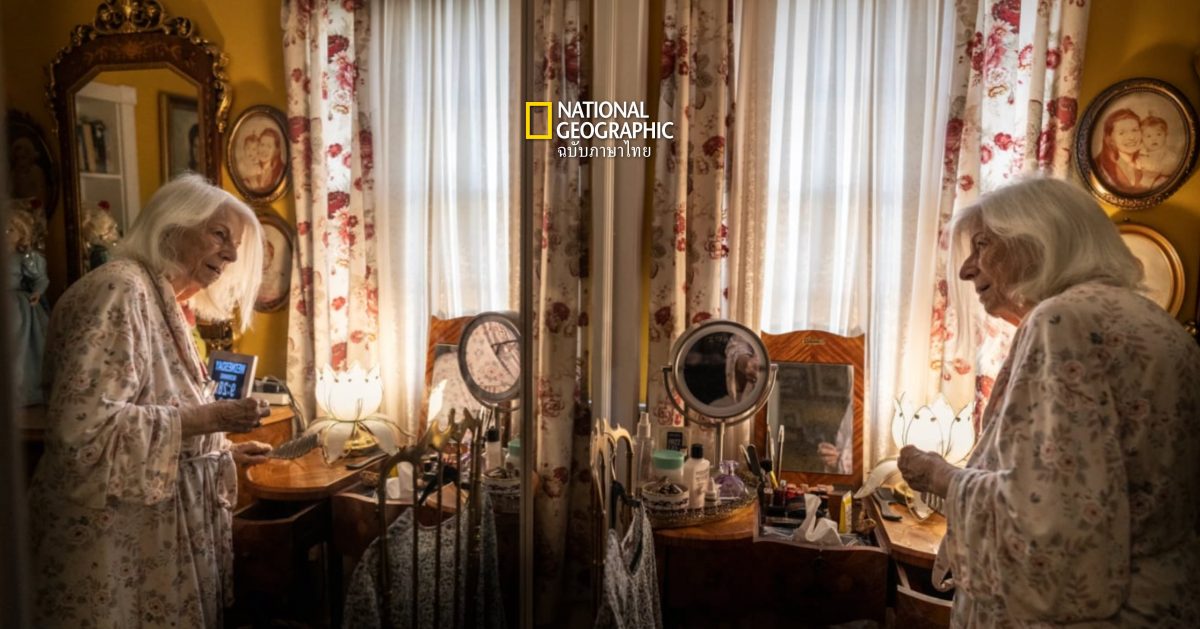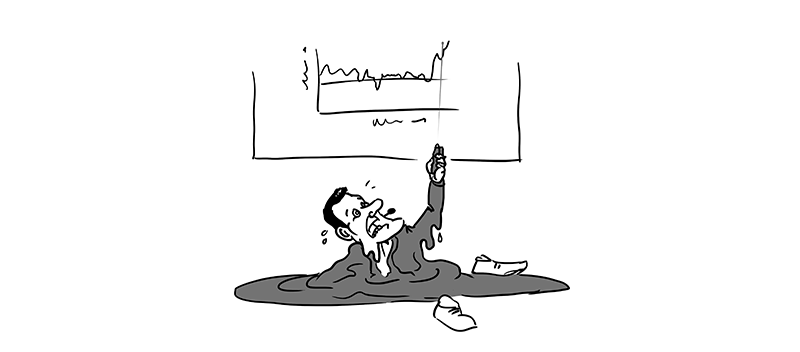#largest #atlas #breast #cells #data #prevent #breast #cancer
Researchers of Cambridge University have created the largest catalog of human breast cellswhich has revealed early cellular changes in healthy carriers of BRCA1 and BRCA2 gene mutations.
Everyone has the BRCA1 and BRCA2 genes, but mutations in these – which can be inherited – increase the risk of breast and ovarian cancer.
The study found that immune cells in the breast tissue of healthy women, carrying BRCA1 or BRCA2 gene mutations, show signs of malfunction known as “exhaustion.”
This suggests that immune cells cannot eliminate damaged breast cells, which can eventually develop into breast cancer.explains a statement from the University of Cambridge.
The results, which are published in Nature Genetics, raise the possibility of using existing immunotherapy drugs as an early intervention to prevent the development of breast cancer in carriers of these mutations.
The researchers will test this preventive approach in mice. If effective, it will pave the way for a pilot clinical trial in women.
“Our results suggest that in BRCA mutation carriers, the immune system fails to eliminate damaged breast cells, which in turn appear to be working to keep these immune cells in check,” says Walid Khaled, lead author of the report.
The discovery opens the possibility of a preventive treatment other than surgery for carriers of these breast cancer mutations. (There are already drugs capable of overcoming this blockage of immune cell function, but so far they have only been approved for the advanced phase of the disease).
Risk reduction surgery, in which the breasts are removed, is offered to people at higher risk of breast cancer. This can be a difficult decision for young women and can have a significant effect on body image and sexual relationships.
“The best way to prevent breast cancer is to really understand how it develops. This way we can identify these early changes and intervene,” says Khaled.
Using samples of healthy breast tissue collected from 55 women of different ages, the researchers cataloged more than 800,000 cells, including all types of breast cells.
The resulting human breast cell atlas is now available as a resource for other researchers to use and expand upon. It contains enormous amounts of information on other risk factors for breast cancer, such as body mass index, menopausal status, contraceptive use, and alcohol consumption.
According to Austin Reed, co-author of the report, they have discovered that there are “multiple types of breast cells that change with pregnancy and age, and that it is the combination of these effects – and others – that determines the overall risk of breast cancer.” .
Breast cancer, many diseases
One of the biggest challenges in treating breast cancer is that it is not just one disease, but many. Many different genetic variations can cause it, and genetic risk interacts with other risk factors in complicated ways.
For example, it is known that the probability of developing breast cancer increases with age, but this risk is greatly reduced by pregnancy at a young age. And the risk associated with age increases considerably in carriers of the BRCA1 and BRCA2 genes.
The new study aimed to understand how some of these risk factors interact, characterizing the different cell types of the breast in many different physiological states.








:format(webp)/nginx/o/2024/05/18/16081917t1h1f3a.jpg)


